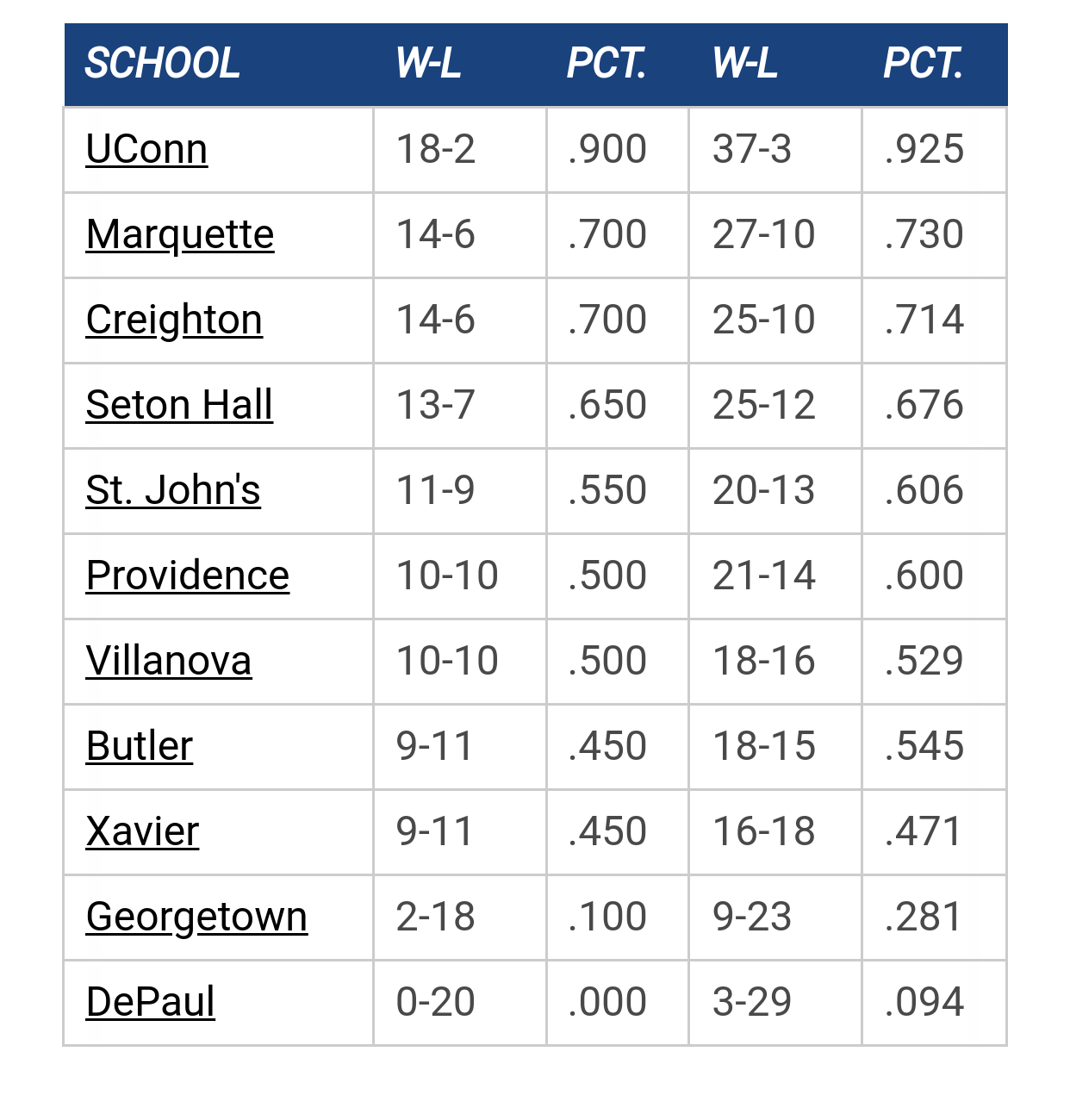- Welcome to MUScoop.
Alumni by Jay Bee
[Today at 11:37:09 PM]
How Shaka Can Save This Season by Heisenberg
[Today at 11:33:13 PM]
6th Year Players - Career Games Played by GoldenEagles03
[Today at 11:07:06 PM]
What would make you show Shaka the door in March? by PointWarrior
[Today at 10:45:24 PM]
2025-26 College Hoops Thread by TallTitan34
[Today at 07:54:25 PM]
2026 Transfer Portal Wishlist by brewcity77
[Today at 04:50:22 PM]
Zaide Didn’t Travel With Team by Johnny B
[Today at 04:14:46 PM]
[Today at 11:37:09 PM]
How Shaka Can Save This Season by Heisenberg
[Today at 11:33:13 PM]
6th Year Players - Career Games Played by GoldenEagles03
[Today at 11:07:06 PM]
What would make you show Shaka the door in March? by PointWarrior
[Today at 10:45:24 PM]
2025-26 College Hoops Thread by TallTitan34
[Today at 07:54:25 PM]
2026 Transfer Portal Wishlist by brewcity77
[Today at 04:50:22 PM]
Zaide Didn’t Travel With Team by Johnny B
[Today at 04:14:46 PM]
The absolute only thing required for this FREE registration is a valid e-mail address. We keep all your information confidential and will NEVER give or sell it to anyone else.
Login to get rid of this box (and ads) , or signup NOW!
Seton Hall Date/Time: Dec 30, 2025, 6:00pm TV: FS1 Schedule for 2025-26 |
||||||
User actions


